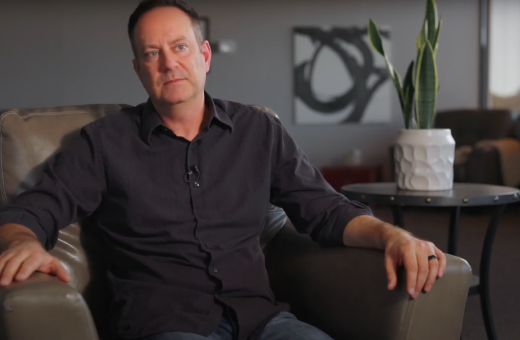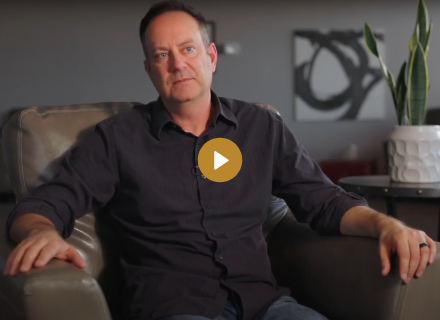By Dr. Floyd Godfrey
Overcoming pornography addiction is a challenging but achievable goal. Many individuals who struggle with compulsive sexual behaviors find that quitting on their own is difficult. As Weiss and Schneider (2013) state, “People who struggle with digital technology and compulsive sexual or romantic fantasies and behaviors need help to get better” (p. 122). With the right strategies and support, recovery is possible. Below are ten essential steps outlined by Weiss and Schneider (2013) that can help individuals regain control and move toward healing.
1. Find a Professional Therapist
A trained therapist who specializes in addiction and sexual disorders can provide critical guidance. Professional counseling offers a structured approach to addressing the root causes of addiction and developing healthier coping mechanisms. Seeking a counselor with experience in both addiction and sexual behavior disorders ensures that therapy is tailored to the specific challenges of pornography addiction.
2. Find a Support Group
Support groups provide accountability and encouragement from others who share similar struggles. Whether through faith-based organizations, 12-step groups like Sex Addicts Anonymous (SAA), or other recovery programs, connecting with a group helps reduce isolation and fosters personal growth.
3. Find an Accountability Partner
An accountability partner is someone who helps monitor progress and provides encouragement. This person should be trustworthy, committed to the recovery process, and willing to ask difficult questions. Ideally, they are someone who upholds strong moral values and genuinely wants to see progress.
4. Remove All Physical Material
Any magazines, DVDs, or other physical materials related to pornography should be discarded. Keeping such items only increases temptation and makes recovery more difficult. Removing these materials is a practical step toward eliminating triggers.
5. Clean Out Digital Content
With the help of an accountability partner, individuals should go through their computer files, phones, and other digital devices to remove any problematic content. This includes deleting saved images, videos, and bookmarks that contribute to addictive behaviors.
6. Cancel Memberships to Problematic Websites and Services
Subscriptions to pornographic websites, apps, or even physical stores that contribute to addictive behaviors must be canceled. This step helps eliminate easy access and reduces the likelihood of relapse.
7. Avoid ‘Gray Areas’
Activities that are not explicitly pornographic but still contribute to sexual temptation should be avoided. This might include following provocative social media accounts, watching suggestive media, or engaging in online chats that could lead to temptation. Setting personal boundaries in these areas is crucial for maintaining purity and self-control.
8. Adjust Computer Placement for Visibility
Computers, laptops, and tablets should be positioned in a way that others can see the screen. This simple adjustment reduces the likelihood of engaging in inappropriate content when others are present. Keeping devices in common areas of the home or workplace reinforces accountability.
9. Use Inspirational Visuals
Displaying inspirational photos or scripture verses can serve as a reminder of one's commitment to recovery. Whether it’s a picture of family, a faith-based image, or a motivational quote, these visuals help keep priorities in focus and encourage positive decision-making.
10. Install Filtering and Accountability Software
Filtering software helps block access to inappropriate content, while accountability software tracks online activity and shares reports with a trusted accountability partner. Programs such as Covenant Eyes or Net Nanny can be valuable tools for maintaining digital purity.
Conclusion
Breaking free from pornography addiction requires intentional effort and a strong support system. By following these ten steps, individuals can take meaningful strides toward recovery and healing. Seeking professional help, developing accountability, and making practical lifestyle changes all contribute to long-term success. With God’s strength and the right strategies, lasting freedom is possible.
Floyd Godfrey PhD is a Board Certified Christian Counselor and has facilitated groups within different churches and denominations over the past 30 years. He worked as a licensed clinician for 23 years and provided supervision and training for other counselors as they worked toward independent licensure. You can read more about Floyd Godfrey PhD at www.FloydGodfrey.com.
References
Weiss, R., & Schneider, J. P. (2013). Closer together, further apart: The effect of technology and the internet on parenting, work, and relationships. Gentle Path Press.



